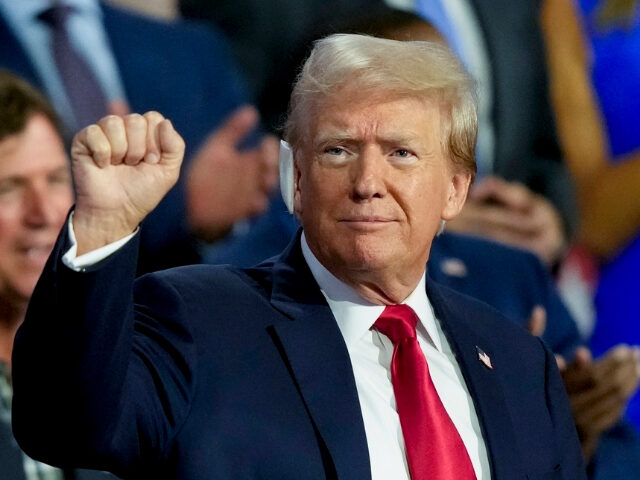The FBI has announced it “gained access” to the phone of Thomas Matthew Crooks, the suspect in the attempted assassination of former President Donald Trump at his rally in Butler, Pennsylvania, just two days after the incident.
The Verge reports that the FBI revealed that it successfully accessed the smartphone of Thomas Matthew Crooks, the suspect in the recent attempted assassination at former President Donald Trump’s rally in Butler, Pennsylvania. This development came just two days after the incident occurred. The bureau has not disclosed how it broke into the phone or what information has been found.
According to the FBI, field agents in Pennsylvania initially tried and failed to break into Crooks’ phone. The device was subsequently sent to the FBI lab in Quantico, Virginia. Cooper Quintin, a security researcher and senior staff technologist with the Electronic Frontier Foundation (EFF), explained that law enforcement agencies have several tools at their disposal to extract data from phones.
One such tool is the Cellebrite device, which is designed for extracting data from phones and has some capability to unlock them. Cellebrite, an Israel-based company, is one of several firms that provides mobile device extraction tools (MDTFs) to law enforcement. A 2020 investigation by Upturn, a Washington, DC-based nonprofit organization, found that more than 2,000 law enforcement agencies in all 50 states and the District of Columbia had access to MDTFs.
The cost of these tools varies, with some of the more advanced options, such as GrayKey, priced between $15,000 and $30,000. Grayshift, the company behind GrayKey, announced in March that its Magnet GrayKey device has “full support” for Apple iOS 17, Samsung Galaxy S24 Devices, and Pixel 6 and 7 devices.
The FBI’s quick access to Crooks’ phone contrasts with previous high-profile cases where the bureau spent weeks or months trying to break into suspects’ phones. In late 2015, the FBI engaged in a public dispute with Apple after the company refused to help law enforcement bypass the encryption on the San Bernardino, California shooter’s iPhone. Apple CEO Tim Cook argued that complying with the FBI’s request would effectively require building a backdoor for the iPhone’s encryption software.
The San Bernardino case was resolved in March 2016 when the FBI obtained a break-in method from an “outside source” and no longer needed Apple’s assistance. It was later reported that the Australian security firm Azimuth Security had unlocked the San Bernardino shooter’s phone.
A similar situation occurred after the Pensacola Naval Air Station shooting in December 2019. The FBI asked Apple to unlock two iPhones linked to the shooter, but Apple refused. The bureau announced in March 2020 that it had managed to break into the shooter’s phones after several months of attempts.
Riana Pfefferkorn, a research scholar at the Stanford Internet Observatory, noted that vendors and law enforcement agencies often gain access to phones by exploiting “a vulnerability in the software that’s running on the phone” or by guessing the password through brute force. She explained that “It takes a matter of minutes to brute-force a 4-digit passcode and a matter of hours for a 6-digit one.”
The rapid access to Crooks’ phone in the recent case indicates a significant advancement in the FBI’s ability to bypass smartphone security measures, raising concerns among some around modern digital privacy and security.
Read more at The Verge here.
Lucas Nolan is a reporter for Breitbart News covering issues of free speech and online censorship.

COMMENTS
Please let us know if you're having issues with commenting.